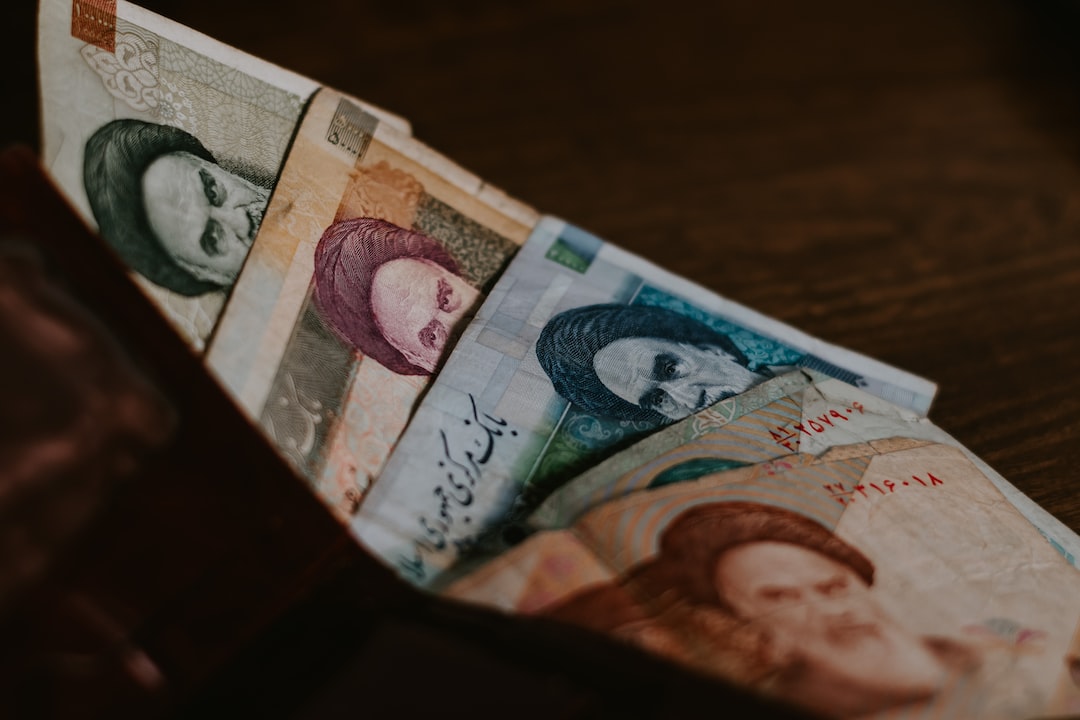Forex, short for foreign exchange, is the largest financial market in the world, with a daily turnover of over $5 trillion. Trading in forex involves buying and selling currencies with the aim of making a profit. However, with so many currency pairs to choose from, it can be challenging to decide which one to trade right now. In this article, we will explore some of the factors to consider when choosing a currency pair to trade.
Market Volatility
One of the most critical factors to consider when selecting a currency pair to trade is market volatility. Volatility refers to the degree of price movement in a particular currency pair. High volatility means that the price of the currency pair is fluctuating rapidly, while low volatility means that the price is relatively stable.
Generally, high volatility currency pairs tend to offer more profit potential but also come with higher risks. Low volatility currency pairs, on the other hand, may offer more stable trading opportunities but with lower potential profits.
One way to determine the volatility of a currency pair is to look at its average daily range (ADR). ADR is the average number of pips that a currency pair moves in a day. Currency pairs with a high ADR are considered more volatile, while low ADR pairs are considered less volatile.
Liquidity
Liquidity refers to the ease with which a currency pair can be bought and sold in the market. High liquidity means that there are many buyers and sellers in the market, making it easy to execute trades at the desired price. Low liquidity, on the other hand, means that there are fewer buyers and sellers, making it more challenging to buy or sell at the desired price.
Highly liquid currency pairs tend to have narrow bid-ask spreads, which means that traders can buy and sell at a minimal cost. Low liquidity currency pairs, on the other hand, tend to have wider bid-ask spreads, which can increase the cost of trading.
Some of the most liquid currency pairs in the forex market include EUR/USD, USD/JPY, and GBP/USD.
Fundamental Analysis
Fundamental analysis involves analyzing economic and political factors that can affect the value of a currency. These factors include inflation rates, interest rates, GDP growth, and geopolitical events.
When trading forex, it is essential to keep an eye on economic events and data releases that can impact the currency pair you are trading. For instance, if you are trading the EUR/USD pair, you need to be aware of events such as the release of the European Central Bank (ECB) interest rate decision or the US non-farm payroll report.
Technical Analysis
Technical analysis involves analyzing price charts to identify trends and patterns that can help predict future price movements. Traders use technical indicators such as moving averages, RSI, and Bollinger bands to identify potential entry and exit points.
When choosing a currency pair to trade, it is essential to consider the technical analysis of the pair. For instance, if you are trading the USD/JPY pair, you may want to look at the price chart and identify any potential support and resistance levels that can help you make trading decisions.
Conclusion
Choosing the right currency pair to trade can be a daunting task, especially for new traders. However, by considering factors such as market volatility, liquidity, fundamental analysis, and technical analysis, traders can make informed decisions and increase their chances of success. Remember to always practice proper risk management and only trade with money you can afford to lose.






